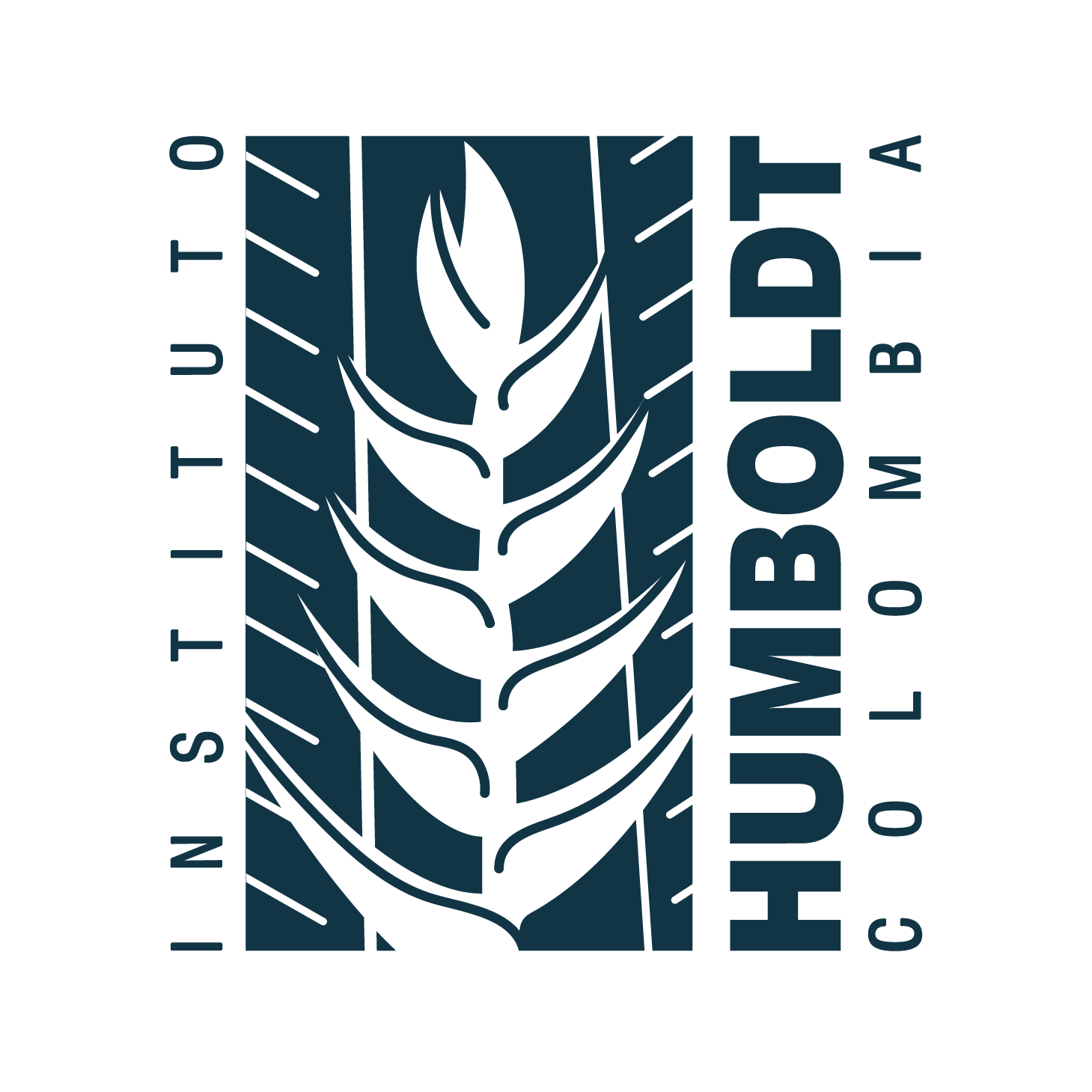Publicación: Structure and floristic composition of a sub-Andean forest in Togüí (Boyacá, Colombia)
| dc.creator | Alvarado Reyes, Anderson Javier | |
| dc.creator | Rosero Lasprilla, Liliana | |
| dc.creator | Jara Muñoz, Orlando Adolfo | |
| dc.date | 2024-03-11 | |
| dc.date.accessioned | 2024-05-27T17:13:09Z | |
| dc.date.available | 2024-05-27T17:13:09Z | |
| dc.description | This research characterizes the structure and floristic composition of a sub-Andean forest in Togüí (Boyacá, Colombia). Ten transects of 50 x 2 m (0.1 ha) were sampled, recording individuals with a minimum diameter at breast height (DBH) of 1 cm. The analysis focused on the floristic composition, the ecological importance of families and species, and the vertical and horizontal structure of the forest. A total of 287 individuals, 68 species and 34 plant families were recorded. These numbers indicate lower species and individual richness when compared to other sub-Andean forests. The families Clusiaceae, Lauraceae and Rubiaceae were found to be the most ecologically important. The diametric distribution pattern followed an inverted J-shape, and the forest canopy reached a height of 23 meters. The study highlights the ecological importance of Alfaroa williamsii Ant. Molina (Juglandaceae), a species rarely documented in the country. | en-US |
| dc.description | Se caracterizó la estructura y composición florística de un bosque subandino en Togüí (Boyacá, Colombia). Se muestrearon 10 transectos de 50 x 2 m (0,1 ha), registrando individuos con un diámetro a la altura del pecho (DAP) mínimo de 1 cm. El análisis se centró en la composición florística, la importancia ecológica de las familias y las especies, así como en la estructura vertical y horizontal del bosque. Se registró un total de 287 individuos, 68 especies y 34 familias de plantas. Estas cifras indican una menor riqueza de especies e individuos en comparación con otros bosques subandinos. Las familias Clusiaceae, Lauraceae y Rubiaceae resultaron ser las de mayor importancia ecológica. El patrón de distribución diametral siguió una forma de J invertida, y el dosel del bosque alcanzó una altura de 23 metros. Se resalta la importancia ecológica de Alfaroa williamsii Ant. Molina (Juglandaceae), una especie raramente documentada en el país. | es-ES |
| dc.format | application/pdf | |
| dc.identifier | https://revistas.humboldt.org.co/index.php/biota/article/view/1202 | |
| dc.identifier | 10.21068/2539200X.1202 | |
| dc.identifier.uri | https://hdl.handle.net/20.500.11761/36931 | |
| dc.language | spa | |
| dc.publisher | Instituto de Investigación de Recursos Biológicos Alexander Von Humboldt | es-ES |
| dc.relation | https://revistas.humboldt.org.co/index.php/biota/article/view/1202/1210 | |
| dc.rights | Derechos de autor 2023 Instituto de Investigación de Recursos Biológicos Alexander Von Humboldt | es-ES |
| dc.rights | https://creativecommons.org/licenses/by-nc-nd/4.0 | es-ES |
| dc.source | Biota Colombiana; Vol. 25 (2024); e1202 | en-US |
| dc.source | Biota Colombiana; Vol. 25 (2024); e1202 | es-ES |
| dc.source | 2539-200X | |
| dc.source | 0124-5376 | |
| dc.subject | Alfaroa williamsii | en-US |
| dc.subject | Andean flora | en-US |
| dc.subject | Colombian flora | en-US |
| dc.subject | biological records | en-US |
| dc.subject | Alfaroa williamsii | es-ES |
| dc.subject | flora andina | es-ES |
| dc.subject | flora de Colombia | es-ES |
| dc.subject | registros biológicos | es-ES |
| dc.title | Structure and floristic composition of a sub-Andean forest in Togüí (Boyacá, Colombia) | en-US |
| dc.title | Estructura y composición florística de un bosque subandino en Togüí (Boyacá, Colombia) | es-ES |
| dc.type | info:eu-repo/semantics/article | |
| dc.type | info:eu-repo/semantics/publishedVersion | |
| dc.type | Artículo evaluado por pares | es-ES |
| dspace.entity.type | Publication |

